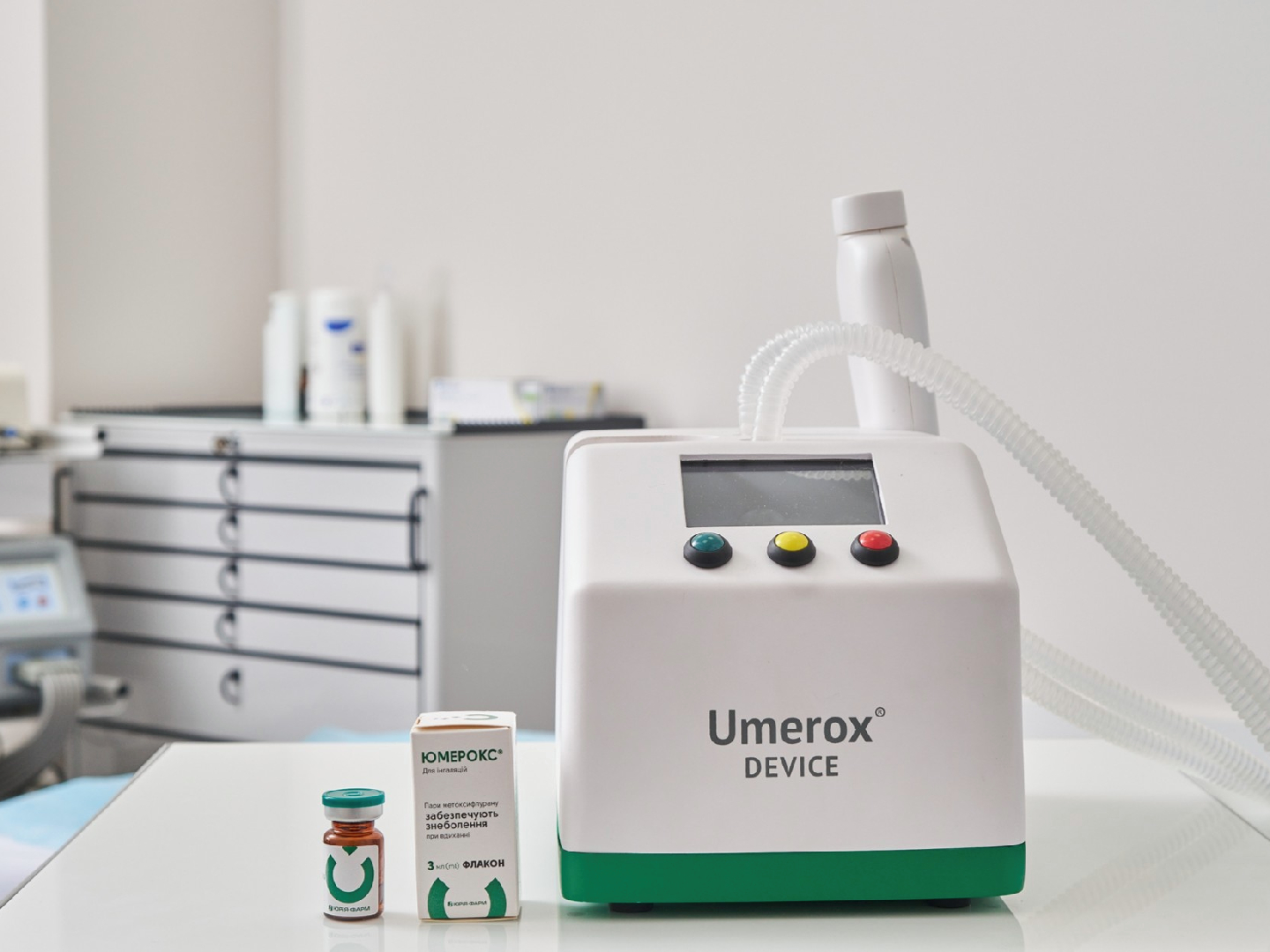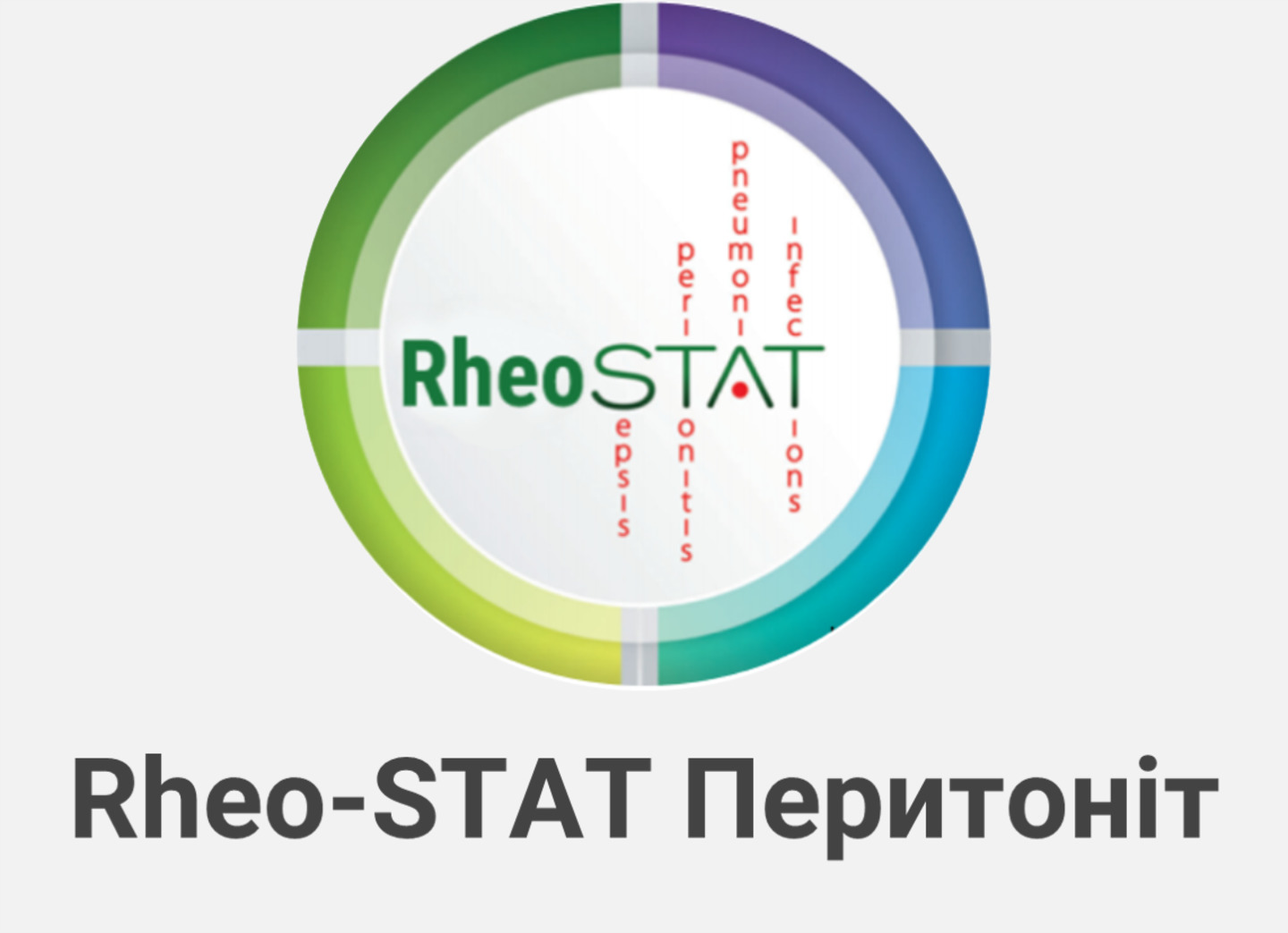Low-volume spinal anesthesia with Longocain for the lower limb arthroscopy as a reliable and efficient method of conduction anesthesia.
Kyiv Regional Clinical Hospital
Spinal anesthesia is the most commonly used technique of conduction anesthesia for the lower limb surgery. Arthroscopic operations on hip, knee and ankle joints are not the exception [4, 9]. In our hospital, the frequency of spinal anesthesia use for these interventions is 76% and the number of such operations per year is more than 300.
In this article the authors share the experience of Longocain and Longocain Heavy (Yuria-Pharm, Ukraine) use, which have recently appeared on the Ukrainian market and aroused particular interest. The active substance of these drugs is known 0.5% bupivacaine. The difference is only in drugs baricity: Longocain is an isobaric 0.5% bupivacaine solution, Longocain Heavy is a hyperbaric 0.5% bupivacaine solution, its higher density is due to the addition of 8% dextrose solution (glucose).
It seems that every anesthesiologist, who uses local anesthetics in his own practice, makes special demands on them.
1. First of all, it’s the efficacy and safety of the drug. Apart from pure anesthetic properties, local anesthetics must be non-toxic and must not irritate the spine radices in the subarachnoid space or meninges [8]. The risk of adverse effects on patient may be minimized by using the lowest effective dose of local anesthetic [9]. Lowdose spinal anesthesia makes a special contribution to the safety of the methodology.
2. A sufficient concentration effect. It is necessary to select such concentration of anesthetic to achieve sufficient block depth, and block onset time. The use of the 0.75% bupivacaine solution provides a faster effect than the equivalent dose of 0.25% solution in milligrams [6, 8]. The advantage of higher concentrations use can be negated by the risk of a rapid increase of blood drug levels to the toxic range [6, 8]. Therefore, authors selected for the study 0.5% bupivacaine solution (Longocain), which has the optimized drug concentration to ensure sufficient block depth and onset time.
3. Selection of the appropriate volume of local anesthetic. The toxicity of drugs increases alone with the volume [6, 8, 9]. We used the low-volume doses of 0.5% bupivacaine solution (Longocain), which were less than 10 mg.
4. The baricity of local anesthetic. Due to the specificity
of hyperbaric solutions spread in subarachnoid space, it is possible to perform a selective unilateral block of the lower limb, which allows achieving the desired anesthesia level, with minimizing its effect on the patient’s body [2, 5].
5. Duration of action. The duration of the local anesthetic blocking is determined by many factors, the essential one is the type of drug used. The specific lipid affinity and the ability to bind with proteins determine the time of the drug effective action on the lipid layer of the nerve cell membrane. It is difficult to foresee the influence of other factors on clinical activity duration and it depends on the characteristics of drug action and the patient`s individual characteristics [6].
Among the available drugs on the Ukrainian market, which are allowed to intrathecal administration, we use lidocaine and bupivacaine (table 1). From our point of view, bupivacaine predominates lidocaine in many characteristics (no neurotoxicity, longer action, available officinal hyperbaric form, less marked arterial hypotension than in the case of lidocaine use [8], accostable drug price).
Objective of the work: to study the efficiency, safety, reliability and control of low-volume doses of Longocain and Longocain Heavy in spinal anesthesia for lower limbs arthroscopic interventions.





